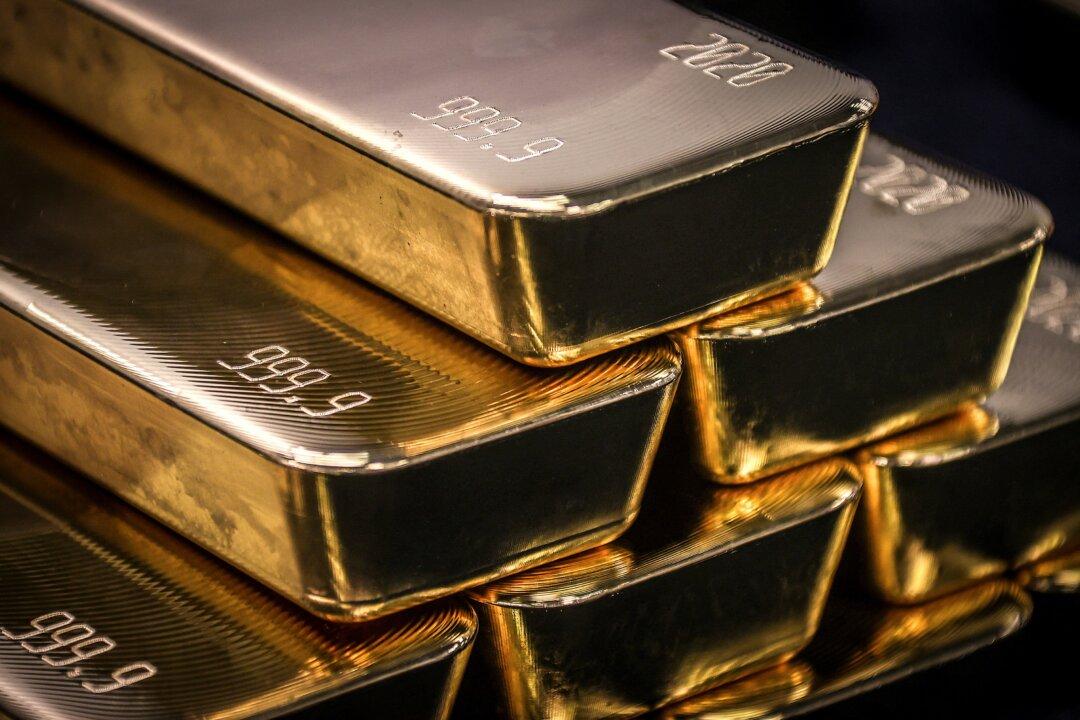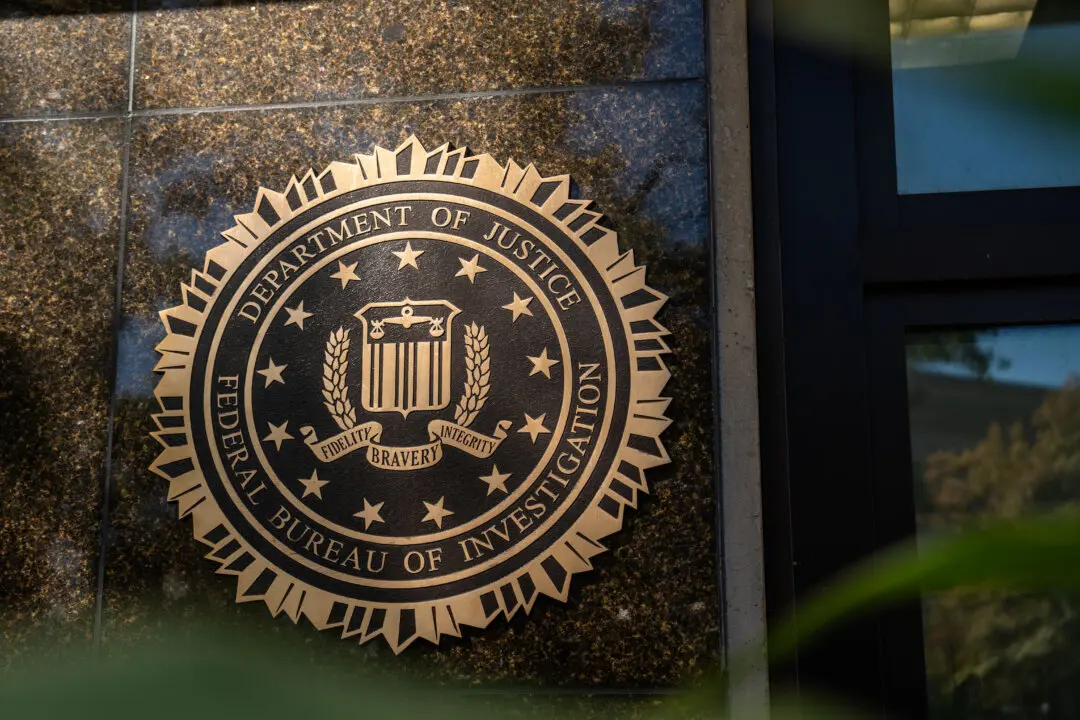A bar of gold can now cost $1 million or more as prices have surged in recent days amid investor expectations that the Federal Reserve could cut interest rates.
Spot gold prices breached $2,500 per troy ounce on Aug. 16, and gold was trading above that level as of 8 a.m. EDT on Aug. 19. With prices exceeding the $2,500 level, the cost of a 400 oz. London Good Delivery gold bar went beyond $1 million for the first time ever. London Delivery gold bars are investment-grade gold approved by the London Bullion Market Association, a key center for the global trade of precious metals.





